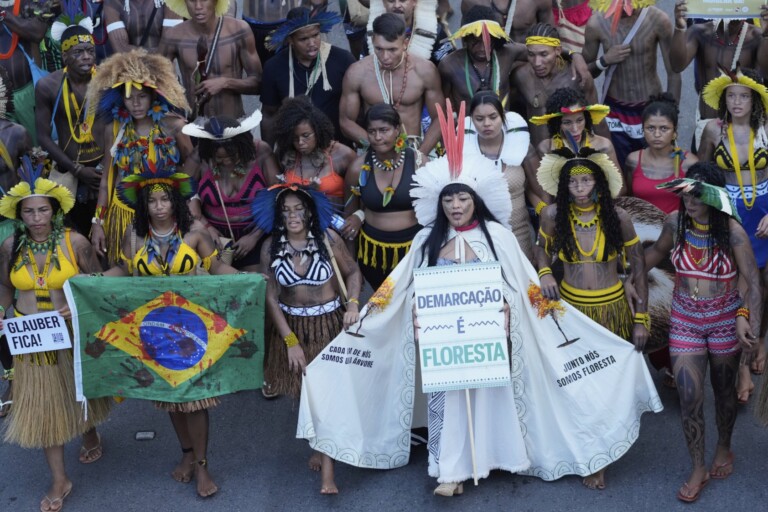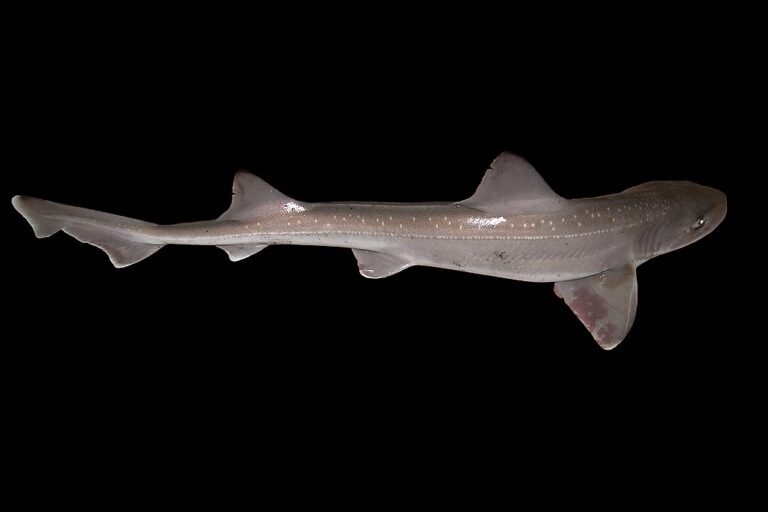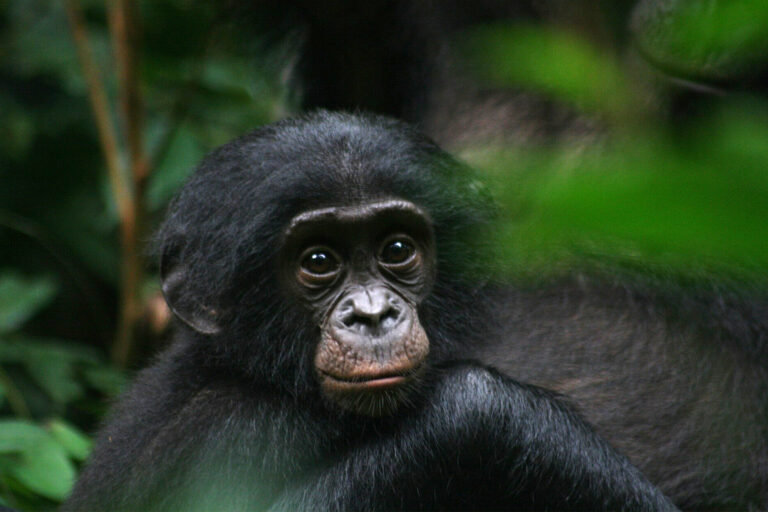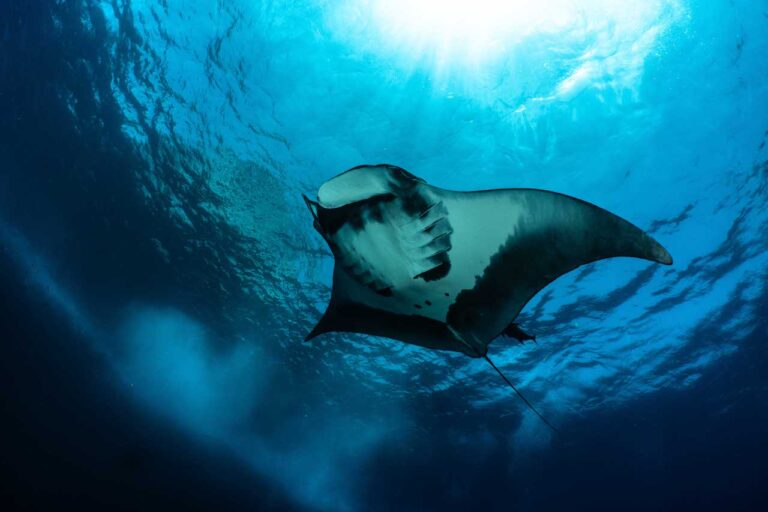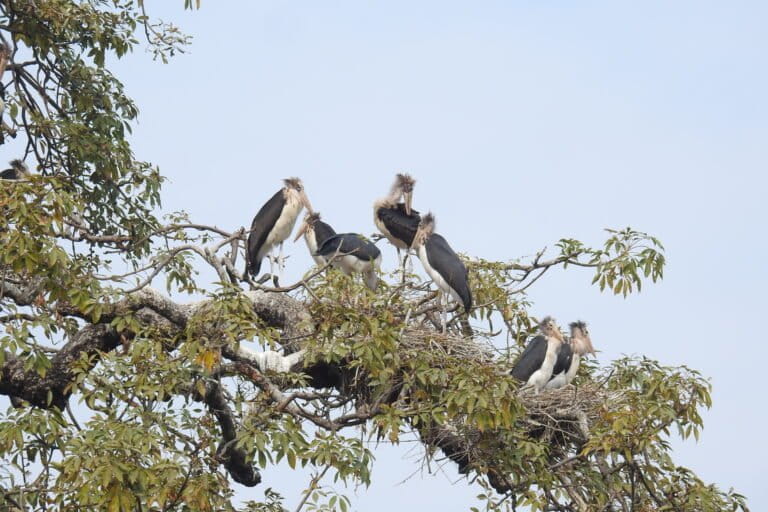- Ideas promoted under a new philosophy in conservation that focuses on nature’s service to humanity merit continued trial and a fair hearing, Hance writes, but they also require ongoing scrutiny.
- Likewise, Hance writes that the world’s biggest conservation groups, which have embraced the new philosophy, have made major achievements in recent years. But widespread dissatisfaction with their methods within the conservation community means they, too, deserve questioning.
- Conservation, Divided is an in-depth four-part series investigating how the field of conservation has changed over the last 30 years — and the challenges it faces moving into an uncertain future. Hance completed the series over the course of eight months. Stories ran weekly between April 26 and May 17.
| Other stories in Mongabay’s Conservation, Divided series: Part 1: Has big conservation gone astray? Part 2: How big donors and corporations shape conservation goals Part 3: Conservation today, the old-fashioned way Part 4: Conservation’s people problem |
Thirty years is not a long time in the history of the world, but a lot can change in 30 years. Thirty years ago the Soviet Union was still a thing, the human population was 2 billion smaller than it is today, and Pluto was still a planet. The Earth was also significantly cooler and it was still home to golden toads, baijis, and dusky seaside sparrows.
Although conservationists today are still working to stem the tide of extinctions, the field of conservation has also changed a lot in 30 years. We’ve seen a few big groups get even bigger, wealthier, and more global. We’ve seen a general change of heart when it comes to how conservationists work with people who live near the ecosystems they want to protect. And we’ve seen the rise of new ideas and methods, many of them bundled under a philosophy known as new conservation.
“Forward-looking conservation protects natural habitats where people live and extract resources and works with corporations to find mixes of economic and conservation activities that blend development with a concern for nature,” wrote Peter Kareiva and Michelle Marvier in one of the most succinct descriptions of new conservation to date, which appeared in Bioscience in 2012. Seen as some of the strongest proponents of new conservation ideas, Kareiva is currently Chair of the Science Cabinet at the Nature Conservancy (TNC) and the director of the Institute of the Environment and Sustainability at UCLA and Marvier is a professor at Santa Clara University and a member of the Breakthrough Institute, a think tank that has helped disseminate new conservation ideas.

My four-part series Conservation, Divided took a critical look at conservation today, especially at that increasingly dominant, and quite youthful, paradigm and its points of friction with more traditional conservation practice and philosophy. It also examined the big groups that represent the face of conservation around the world: the World Wide Fund for Nature (WWF), Conservation International (CI), the Wildlife Conservation Society (WCS), and TNC.
Two conservationists from CI used the exactly the same words when they described to me the debate between new and traditional conservation. It’s a “false dichotomy,” they told me. There is some truth to this: new conservationists and traditionalists want the same thing. They want a world rich in both species and human well-being. And various tools from each philosophy can be used in tandem.
On the other hand, calling the debate a false dichotomy is a nice way to shut down conversation, to say that what the other person sees as a division isn’t a division at all. Boom. There’s no problem. There’s nothing to discuss. Everything’s fine. Let’s move on.
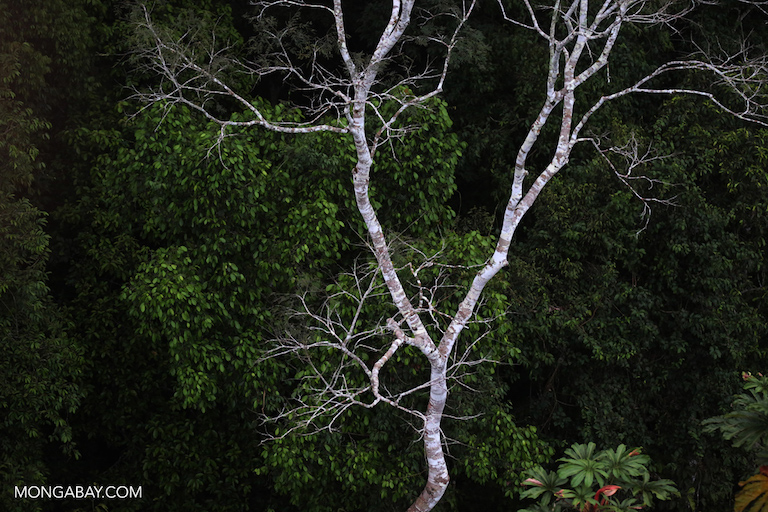
Many other experienced conservationists I spoke to for the series told me they don’t want to move on. They want to know: How effective has new conservation been so far? Are the certification schemes it promotes really improving the situation for wildlife on the ground? Have they been worth the time, effort, and money spent? Why has it taken so long for payment for ecosystem services projects to gain momentum — and will they change the world, as advertised? Where is the proof that partnering with some of the world’s most environmentally destructive corporations has yielded major conservation benefits — beyond, of course, sizable donations for conservation groups? Can conservation succeed if it is unwilling to question capitalism at it is currently practiced or criticize the power of multinational corporations? These sources remain skeptical.
For new conservation to move forward with wider support and credibility in the field, its proponents will have to prove that it can deliver not just for people, but for biodiversity — that it can live up to its hype, which has been sizable. They will also have to confront the philosophy’s uncritical embrace of neoliberal capitalism (an economic system many blame for our current global warming crisis) and its promotion of partnering with some of the world’s worst corporations.
New conservationists told me these partnerships help conservation groups improve the companies’ operations from the inside out. But the result has been that the groups (fairly or unfairly) have become tainted by association in the eyes of their colleagues and possibly a portion of the public.
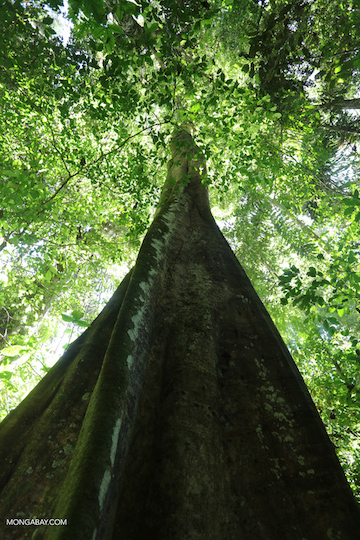
I heard even stronger reactions to the subject of big conservation. Again and again in reporting for this series (and during nearly a decade as an environmental reporter) I ran into sources frustrated by what they perceived as the clumsiness and ineffectiveness of the world’s biggest conservation groups.
“Big is not by definition bad and small is not automatically good. Both have major roles to play in the conservation movement,” Russell Mittermeier, CI’s Executive Vice-Chair and past president, and a renowned tropical forest conservation scientist, told me.
This is absolutely true. There are things that only big conservation groups can achieve. They can work on a global scale, rather than a local one — which often gains them a seat at the table during international negotiations and greater, hopefully beneficial, influence with governments. And it is undeniable that big conservation has had some major wins over the last few decades, such as protecting vast areas of the Amazon under the ARPA for Life program and helping move the needle on setting aside new marine protected areas.
At the same time, big conservation needs to be prodded. We—meaning not just the conservation community but the public and journalists — should more frequently and more publicly ask: Are you using the right strategy? Are your programs successful? Is your group respected by your peers? Are you giving full credit to your often smaller, lesser-known partners? And are you listening to concerns or merely batting them away like flies?
Because of their size and scope, groups like WWF, CI, TNC, and WCS have largely come to represent conservation to the global public and for this reason alone they deserve extra scrutiny. They also deserve scrutiny because so many conservationists feel they have let the movement down in a variety of ways. Some will say so on the record, and many, many others will do so in private. Dissatisfaction with conservation’s biggest NGOs is a huge open secret within the conservation community.
Yet it’s difficult to get big conservation to listen. Influenced by the private sector and neoliberal philosophy over decades, these large organizations have increasingly adopted a corporate-like structure and have similarly become experts at dismissing criticism. Press releases that could convince a misanthrope to love people make whatever they do sound like a resounding success, even when the reality is much more complex. They also tend to stay away from anything potentially controversial, choosing the safety of silence over speaking up on certain on difficult issues. One can hear the proverbial chirping of crickets whenever overpopulation or consumerism are mentioned.

In fact, a little more transparency may actually help their cause. Conservationists have taken on for themselves a monumental, complicated, and heart-rendingly difficult task. It’s okay to admit that once in a while.
In the end, these groups may have to ask the hardest question yet. What’s more important: The conservation mission or the brand? Would they risk their brand to save the mission?
In the midst of all this, some conservationists are trying to bridge the chasm left by the new-vs.-traditional rancor. In late 2014 one of TNC’s head scientists, Heather Tallis, and the noted marine scientist and former head of the U.S. National Oceanographic and Atmospheric Administration Jane Lubchenco attempted to wring out a truce between the new conservationists and traditionalists.
“Conservation organizations and scientists can embrace all plausible conservation actors, from corporations to governmental agencies, faith-based organizations and interested individuals, and advance conservation efforts when they can benefit people and when there is no obvious human-centric goal,” they wrote in a commentary in Nature that was signed by 240 fellow conservationists.
In addition to calling for what they dubbed an “inclusive conservation” they noted that the field needed more diversity in terms of both gender and culture. It was a truly noble attempt — and one hard to disagree with.
“Why can’t we embrace a culture of and, not but?” Jefe Parrish, Vice President for Conservation with the San Francisco-based NGO the Wildlife Conservation Network asked me. “There are some places and times where purist approaches to conservation are needed and must be employed. But in a warmer, more crowded world … we must zero in on the role of nature in sustaining human life, the relevance and value of species to people, be it economic, medical, cultural, or others — if we are to win.”
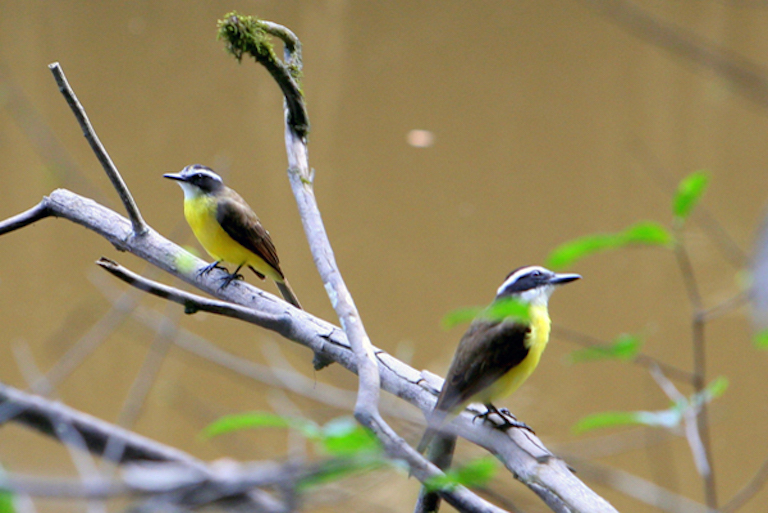
Despite increasing calls for a more unified front, it will probably take more time — and perhaps a new generation of conservationists — to forge a new path forward and to sift out what is working from what is not.
In the end, traditionalists will have to accept that the world has changed and so, in part, has the practice of conservation. New conservation ideas are not going anywhere. In my opinion, these new ideas deserve discussion, continued trial, and a fair hearing, in addition to continued scrutiny. At the same time, it’s hard to imagine big conservation ever changing if simmering frustrations and discontent aren’t aired more publicly. Many conservationists, often understandably, don’t want to go on record about big conservation’s alleged failures, yet to do so may really be the only way to enact a major shift in the field.
Being an environmentalist is a tough gig, there’s no question. Even as environmental problems multiply and worsen — climate change, ocean acidification, extinctions — it sometimes seems that wider society is just yawning. Maybe this is a product of all the gloom and doom. Maybe it’s a hard-wired reaction for humans confronted with massive problems. Or maybe it’s our fractured politics and media, propelled not by human (or environmental) well-being but by money.
Parrish told me we need a new story when it comes to environmentalism, a story that isn’t just a series of crises and one that actually gives us agency. He said we should work to convince people we are “the protagonists in the epic drama for the future of the planet.”
Humans, more than any other animal, are storytellers. The late fantasy author Terry Pratchett said scientists would have been more accurate if they had named our species the storytelling chimpanzee — Pan narrans — instead of the wise man — Homo sapiens.
Certainly wisdom is a rare attribute, and often a fleeting one, in our species. But stories are powerful, stories are entrancing, stories can actually move people. And if we can employ some wisdom in our tales, maybe we can tell a happier ending to this one.

Citations
- Kareiva, P., Marvier, M. (2012). What is conservation science?. BioScience, 62(11): 962-969.
- Tallis, H., Lubchenco, J., et al. (2014). Working together: A call for inclusive conservation. Nature, 515(7525): 27-28.








